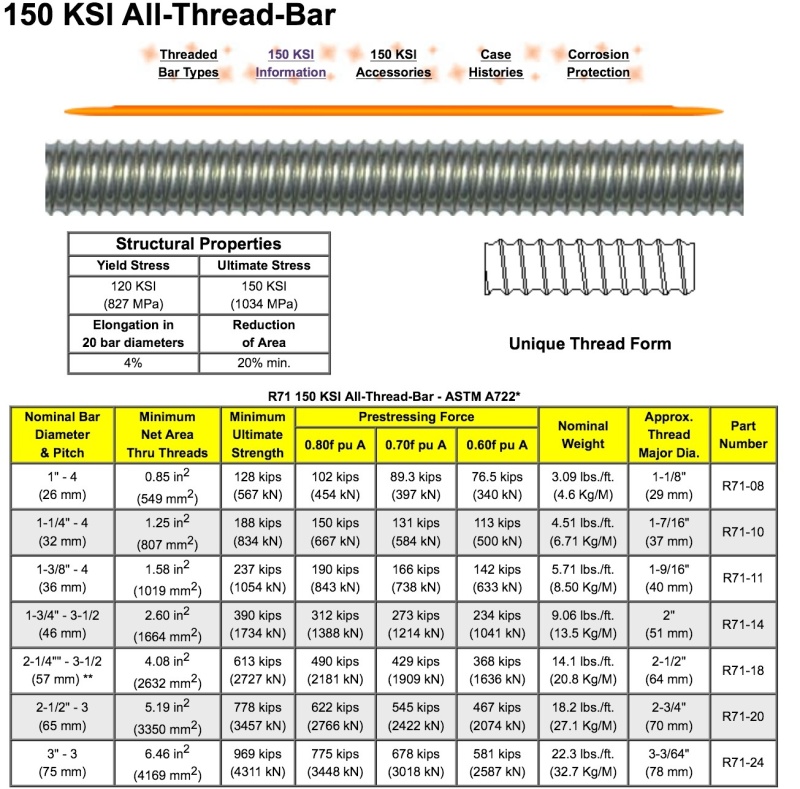Hi all,
For those of you who are familiar with pile testing rigs... I am designing one that needs to handle +-600k; the catch is that the contractor asked that I provide a plate through which he will connect his jack to load rig. With the current geometry of the rig, my plate is spanning ~14 inches, and I am taking 16" width to calculate I. Using basic beam theory, I am coming up with a 6" plate thickness! This seems a bit ridiculous. Can anyone point to me to some better approximation methods that would not require doing FEM?
Thanks in advance,
G.S
For those of you who are familiar with pile testing rigs... I am designing one that needs to handle +-600k; the catch is that the contractor asked that I provide a plate through which he will connect his jack to load rig. With the current geometry of the rig, my plate is spanning ~14 inches, and I am taking 16" width to calculate I. Using basic beam theory, I am coming up with a 6" plate thickness! This seems a bit ridiculous. Can anyone point to me to some better approximation methods that would not require doing FEM?
Thanks in advance,
G.S

![[idea] [idea] [idea]](/data/assets/smilies/idea.gif)
![[r2d2] [r2d2] [r2d2]](/data/assets/smilies/r2d2.gif)
